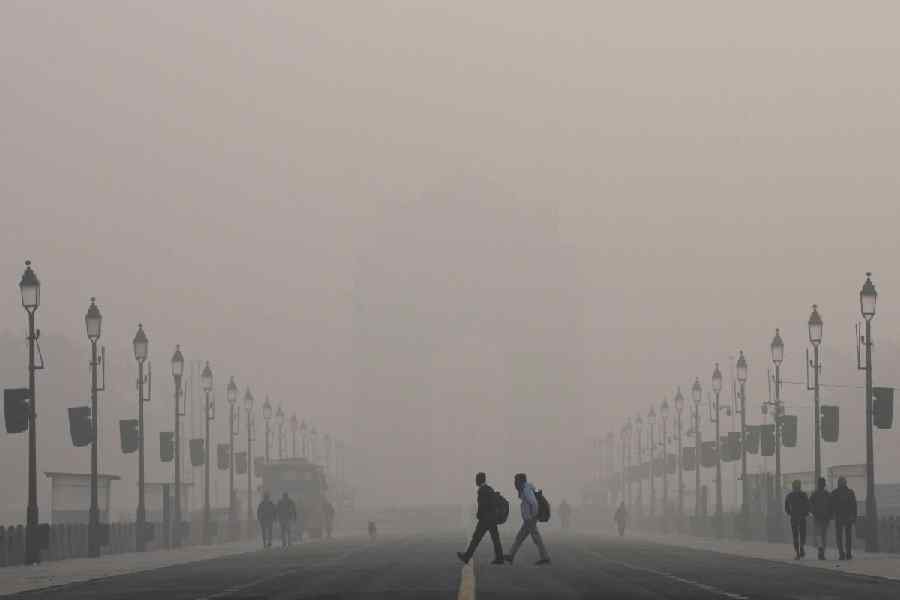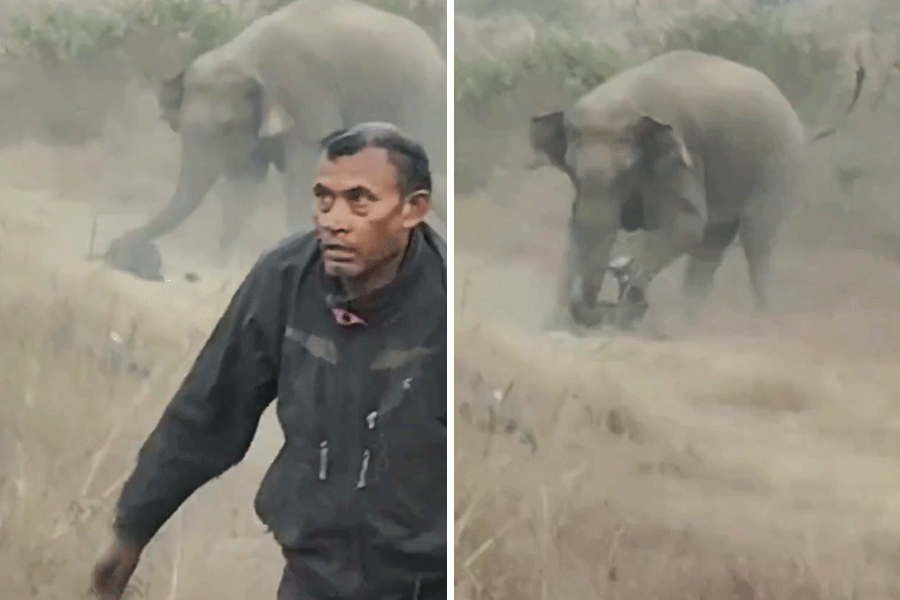 |
 |
| LAND MINE: While Neeraj Ambavata’s (top) family has reaped gold, Rajiv Malik (above left) and Kishan Chand Solanki (below) feel short-changed |
 |
Parsaul village is sheathed in silence. Dusty by-lanes lead you to the deserted village where the houses, some vandalised, are mostly locked. Once in a while, you see a face peeping out of a half-open door. Of the 7,000-odd inhabitants of the village, off the Yamuna Express Highway just outside Delhi, only a few remain.
Rajiv Malik is one of them. “I have sent my father, wife and daughter away. It’s not safe anymore,” says Malik, district president, Bhartiya Kisan Union. He’s in his elder brother’s house, discussing the growing unrest and police action against villagers.
In another state some 1,500km away, developments triggered by a series of farmers’ agitations over land acquisition have toppled a government. And like in West Bengal, land is now spiralling into an issue around Delhi.
There is no one story to tell. Malik has been trying to hold on to some land. But the land of farmer Kishan Chand Solanki of Palam Gaon, Delhi, has been taken by the government, and he is ruing his fate. Further down the road, Satpal Ambavata’s family is still counting its riches.
The twin villages of Bhatta-Parsaul in Greater Noida are the epicentre of the ongoing farmers’ stir against the Uttar Pradesh government. A few days ago, the villagers clashed with the police, and in the ensuing violence, four people were killed. Fearing more such violence, people fled. The police, the villagers allege, broke walls and windows panes of the houses.
Malik still refuses to give in to the government. “Our fight is against the government for taking away our land in the name of development and then selling it to private builders,” he says.
The story is different in Haryana. Satpal Ambavata doesn’t have to worry about work. Residents of the Ullawas and Ghata villages near Gurgaon were given compensation that helped them make more money. The farmers who once grew millet, sorghum and mustard in their arid lands today sit outside their gleaming houses and discuss politics while passing a hookah around. Their sons run real estate businesses or shops in the neighbourhood malls. Their grandchildren study in private residential schools.
Their lives took a turn when the new Gurgaon master plan approved in 2007 rezoned agriculture land into residential and commercial areas. Private players queued up at Ullawas and the result was cowsheds giving way to garages housing sedans. Land was sold for anything between Rs 1 crore and Rs 7 crore per acre.
Amidst several under-construction houses and some towering mansions in Ullawas, it’s hard to ignore Ambavata’s house. The building — with its marble driveway, a spiralling staircase leading to a balcony and modern furnishing — emits the sweet smell of new money. The family made Rs 8 crore from selling three acres of land in 2008 to a private builder. The Ambavatas now run a primary school and have farms on the outskirts of Sohna tehsil.
“We invested our money wisely,” says Neeraj Ambavata, Satpal’s 22-year-old son. “Earlier we stayed in a small two-room house and now we have a couple of houses,” he points out. The fast journey to riches brought home two SUVs, more land on the outskirts of Sohna Road and a flat, in a nearby residential complex, which has been rented out. “We work only to manage our money in a better manner now,” he adds.
Yet many kilometres away, Solanki is assailed by a sense of déjà vu. “History is repeating itself,” he says, sitting in his house at Palam Gaon, and talking about how their land was taken over by the government to build hundreds of high-rises. “We were given a raw deal when Dwarka subcity was being carved out of Palam village,” says the pradhan of Palam 360, a cluster of 500-odd villages on the outskirts of Delhi. “It’s time the government changed the Land Acquisition Act of the British era.”
The Land Acquisition Act of 1894 gives the government the right to acquire privately held land for public purposes such as the development of roads and highways. But the villagers claim the government is giving away acquired land to private builders, who are making huge profits. Not surprisingly, the farmers want more compensation.
The trouble for the Maliks began when they received a notification in 2008. In 2009, Malik’s father had to part with an acre that fell within the 21,000 plots being acquired by the state government. The government says the acquired land is for highways, a university, an airport and so on. The villagers claim the land has been sold to private builders who are making plush housing complexes.
“The authorities paid us roughly about Rs 35 lakh for one acre and gave it away to the builder at a very high rate,” alleges Malik, who feels his land, if sold at the market price, would have fetched him Rs 2.5 crore. With the money, he adds, the family built a new house and bought cattle.
The unfinished Malik house underlines the fact that money has run out. The house is yet to see a coat of paint and stands incomplete next to his older brother’s house, which is in a state of disrepair too. The plaster is peeling off, the stairs are broken, and all that it boasts of are a cot and a few plastic chairs. The houses are in sharp contrast to the luxury high-rises coming up in the satellite township and the Formula One racing track bordering his village.
For Malik, the fight is not just about money but also for retaining some of his land in a village famous for producing wheat, barley, millets and sugarcane. “My father has three more acres of land and we don’t want to part with that,” says the 32-year-old farmer. The family is in constant fear of their land being taken away by state authorities. “We know nothing other than farming,” he says.
Today, he has little time to devote to the land that they still hold. He spends his day arranging farmers’ meetings. When the Maliks had more land, his father used to wake up before dawn, feed the cattle and till the land till noon, after which the sons took over the farming. Now the farm is not big enough to demand the attention of the three male members of the family. “We used to earn Rs 1.15 lakh a year by tilling one acre of land which grew wheat,” says Malik.
Solanki can understand what the Maliks have gone through, for his story isn’t very different. A part of his land was acquired by the government first in 1986 and then again in 1997. “My father was paid Rs 90,000 and Rs 15 lakh, respectively, for each acre taken over by the government,” says Solanki. The market price of the land, he says, ran intro crores of rupees.
The money was distributed by his father equally among the four brothers, leaving very little with each of them to invest in anything substantial. The government also gave out small plots at moderate rates as compensation which didn’t please anyone. “If I being the pradhan have such meagre resources, you can imagine the plight of the others,” points out Solanki, who went on to work as a clerk in the Delhi administration after losing his land.
Some farmers are still laughing all the way to the bank. For many others, the smile has been wiped off their faces.











